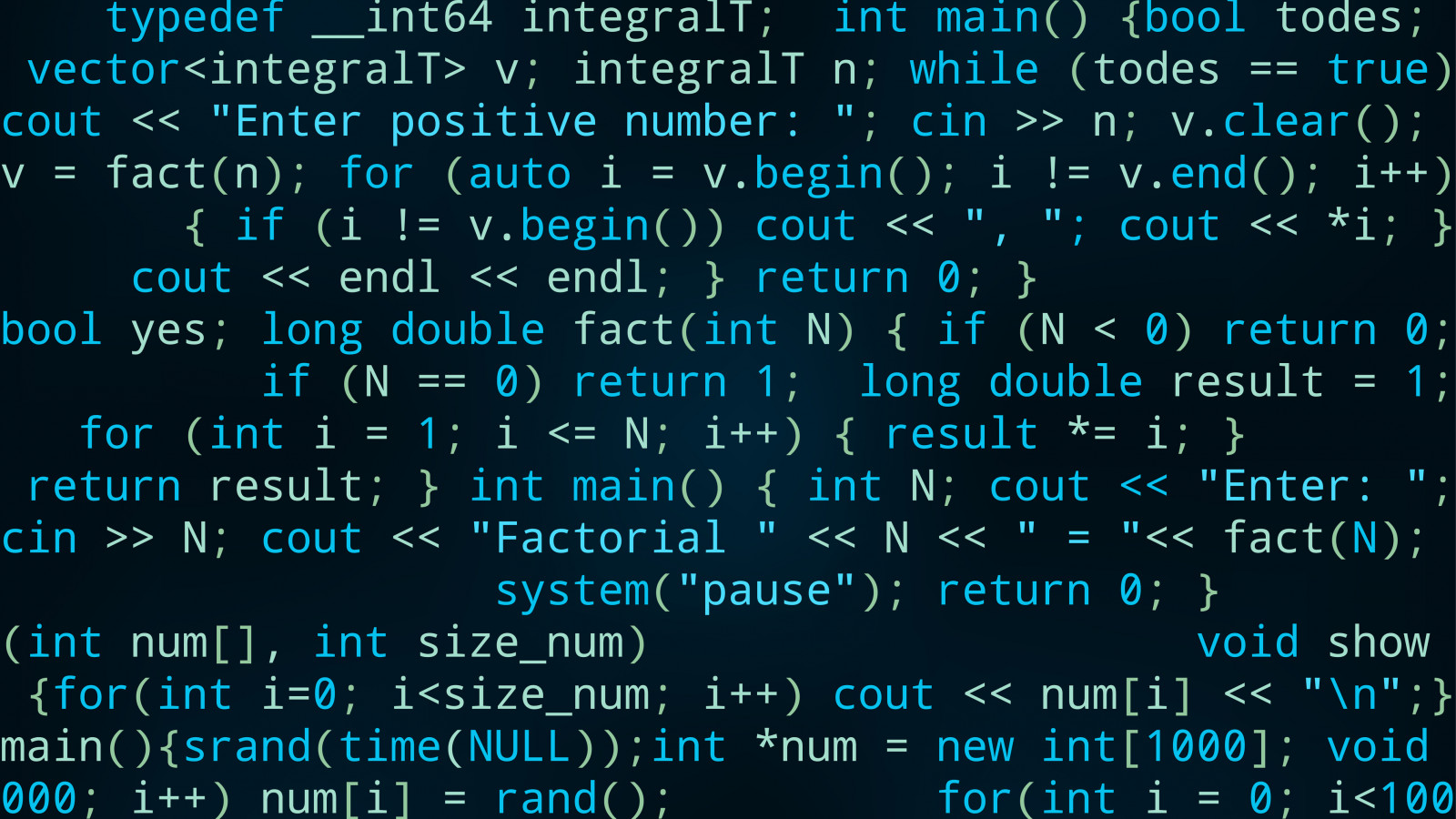
Rules Engine - Rule based fraud detection
Fraud Detection – Efficient, precise, reliable


Specialised
The fraudify Rules Engine was developed specifically for the insurance industry and is used by Germany's top 10 insurers.

Flexible & adaptable
Specialist departments can create, simulate and adapt rules independently – without having to rely on IT support.

Efficient
With a payback period of less than two years and low IT costs, the fraudify Rules Engine offers a cost-effective solution.

Expertise
Based on our many years of experience, our team will support you with tried-and-tested rules throughout the entire project phase.
Insurance fraud is not a trivial offence – in Germany alone, it causes annual losses of €6 billion. Private liability, household contents and motor insurance are particularly affected. For insurers, this means not only financial losses, but also considerable effort in assessing claims.
The fraudify Rules Engine module provides you with a powerful solution that detects fraud based on defined rules. This rule-based fraud detection helps you to identify suspicious cases quickly and accurately – before they cause any damage – and thus perfectly complements fraudify image forensics.
fraudify Rules Engine – Highlights of rule-based fraud detection
The fraudify Rules Engine combines efficiency, cost-effectiveness and flexibility – for fraud detection that integrates seamlessly into your processes.

Suspicious case analysis
The software automatically flags suspicious cases based on sets of rules, which can then be investigated further.

Configuration
Specialist users can create, simulate and implement rule changes independently – without external IT support.

Regardless of sector
The system can be used in all areas of the insurance industry, whether with your own rules and regulations or with our technical support.

Quick integration
The solution is seamlessly integrated into the insurer's claims systems.

further development
The system adapts flexibly to new requirements and grows with your company.
Mit der fraudify Rules Engine erhältst Du ein System, das Betrugsfälle schnell und präzise erkennt – und sich dabei an Deine spezifischen Prozesse anpasst.
The combination with the machine learning module
The fraudify Rules Engine is a precise and reliable solution for rule-based fraud detection. But it unleashes its full potential when combined with the fraudify Machine Learning module. While the Rules Engine is based on predefined rules, the Machine Learning module supplements these with data-driven analyses and machine learning.


Fraudify image forensics as the perfect complement
The fraudify Rules Engine can be ideally combined with the fraudify image forensics module to effectively detect image-based fraud. While the Rules Engine identifies suspicious claims based on predefined rules, the image forensics module analyses submitted images for manipulation and inconsistencies. This allows for the reliable detection of fake damage images, duplicate photos or edited image files.
With the fraudify Rules Engine, you can rely on a powerful, flexible and proven solution for rule-based fraud detection that has been specially developed for the requirements of insurance companies. It helps you to identify suspicious claims at an early stage, minimise financial losses and optimise your verification processes in the long term – without the need for costly IT resources. The ability to customise rules independently allows you to remain flexible at all times and respond quickly to new fraud patterns.
Don't wait until the next claim occurs. Contact us now and find out how you can strengthen your fraud detection with the fraudify Rules Engine in a personal consultation or live demo.
FAQ – Rule-based fraud detection reimagined
The fraudify Rules Engine is a specialised software module for rule-based fraud detection in the insurance industry. It identifies suspicious claims based on predefined rules – quickly, accurately and reliably.
The module is industry-focused and is successfully used in motor vehicle, household contents and liability insurance. It can be flexibly transferred to other insurance sectors.
The software automatically analyses damage reports according to defined rules. Suspicious cases are flagged and can then be reviewed by specialist departments.
Yes. A key feature of the fraudify Rules Engine is that rules can be created, simulated and adjusted without IT support. This ensures that fraud detection is always up to date.
The solution integrates seamlessly into existing claims systems. Thanks to its flexible architecture, integration is quick and easy, requiring minimal IT effort.
The fraudify Rules Engine impresses with low IT costs and a payback period of less than two years. It increases the efficiency of fraud detection and reduces financial losses.
Yes. The module is successfully used by leading German top 10 insurers and has proven itself in practice.
Absolutely. It is particularly effective when combined with:
fraudify machine learning module for data-driven fraud detection
fraudify image forensics for detecting manipulated or duplicate submissions
No. The fraudify Rules Engine is based exclusively on predefined rules – it does not use machine learning. If you would like to use additional data-driven analyses and self-learning algorithms, you can integrate the fraudify Machine Learning module. When combined, both solutions provide particularly powerful fraud detection.
Would you like to learn more?
Kontaktformular
Learn more about our work in fraud prevention

Wie stellen wir sicher, dass KI-Systeme fair entscheiden? Wer trägt die Verantwortung, wenn Algorithmen diskriminieren? Wie schützen wir die Privatsphäre unserer Kunden in einer datengetriebenen Welt?

If you develop software, want to introduce it or are responsible for it in your company, you probably know this feeling: The new application is supposed to simplify processes, save time and make your life easier - but what if errors in the system have exactly the opposite effect?

Imagine you start your computer in the morning, open your software - and everything runs smoothly. No error messages, no unexpected failures, no "We have to update the system first" blockers. Sounds good, doesn't it? Unfortunately, everyday life often looks different

Digitalization is no longer a foreign concept in public administration - and yet many processes still feel like they used to: piles of paper on desks, duplicate data entry, long processing times. At the same time, citizens expect fast, digital services - preferably around the clock. This is exactly where artificial intelligence (AI) can make a real difference.

Today, IT is far more than just technical infrastructure - it is the backbone of every modern company. But while technologies are developing rapidly, many organizations remain stuck in old structures.

The Financial Data Access Regulation (FiDA) is one of the central elements of the European Union's Digital Finance Strategy. As part of the European digital strategy, FiDA supports the transition to open finance and promotes a data-driven approach in the financial sector. It creates a new framework that standardizes, expands and secures access to financial data.

Good UX writing is not a question of talent or intuition - but the result of conscious decisions. Words in the interface fulfill a clear purpose: they should provide orientation, create trust and make the next step easy. Here are 20 tips to help you improve your UX writing!

Hast Du schon einmal ein Video gesehen, das Dich emotional total gepackt hat – nur um später zu erfahren, dass es gar nicht echt war? Oder eine Nachricht gelesen, die sich im Nachhinein als gezielte Falschinformation entpuppt hat? Dann hast Du bereits erlebt, was Medienmanipulation heute bedeutet.

Design is much more than color, form and layout. Content is just as important, because the design and function of texts on the web have a significant influence on the user experience. Language is an equally important design element - it guides, directs, informs and ultimately decides whether people act or abandon a digital product.

Artificial intelligence is no longer a topic for the future - it is already changing the way we work, communicate and make decisions. There are now a whole host of tools available, making the choice increasingly complex. But which model is best for which task?

In software development, UX design or marketing, we are often faced with a central question: "Who are we actually doing this for?" Of course, for our customers! But anyone who is satisfied with this answer will probably fail with their project!

Every successful app on your smartphone, every complex business software and every interactive website follows an invisible blueprint. But how does a simple idea become a functioning digital product?

Digitalization speeds up administrative processes, but unfortunately also opens new doors for fraud. Forged documents, manipulated images or even deceptively genuine deepfakes pose enormous challenges for public administration and its processes.

How can data analytics software like DAISE be used in practice? We'll show you using our project with the LASV! Using the "Brandenburg Social Indicators" developed by the LASV, politicians and the specialist public are regularly and systematically informed about social structures and processes.

Design often determines whether users remain loyal to a digital product or abandon it. UX/UI design encompasses far more than just visual design. The aim is to develop a product for a clearly defined target group that is functional, easy to use and clearly structured - and optimally supports the user in their various life situations.

Everyone is talking about it, but do you know what's behind it? What exactly is artificial intelligence? We want to answer this question today. First of all, the topic is extensive, so you'd better grab a coffee!

We were commissioned by a radio station in Germany. For their content editorial team, the aim was to fundamentally automate the time-consuming manual transcription of audio content and reduce the processing time from hours to just a few minutes.

Do you know this? Everyone in the team works diligently - but in the end there is no common focus. This is exactly where OKR comes in: Objectives and Key Results help you to set measurable goals that really count.

In a world in which a photo no longer shows what really happened - but what someone wants you to believe - reality and falsification are becoming increasingly blurred. The targeted dissemination of misinformation in the form of manipulated images is making it increasingly difficult to perceive the truth.

AI but how? This is exactly where our professional AI consulting comes in: It creates clarity in the technology jungle, identifies potential and supports companies from the initial idea through to implementation.

Whether it's an app, website or complex software: if the design isn't right, users will stay away. In our guide, you'll learn the 8 golden rules for better UI/UX design - plus the clever 6-3-1 rule to help you tame complexity, create clear structures and keep your team on track.

Bildmanipulation war noch nie so einfach wie heute. Mit nur wenigen Klicks lassen sich aus gewöhnlichen Fotos täuschend echte Fälschungen machen – mal zum Spaß, mal aus bitterem Ernst. Häufig steckt hinter der Bearbeitung eine klare Absicht, etwa um gezielt zu täuschen oder bestimmte Reaktionen hervorzurufen.

We were commissioned by a regional market leader in broadcasting. The task was to fundamentally modernize and accelerate the process of daily weather moderation for their weather editorial department.

Künstliche Intelligenz (KI) verändert die globale Wirtschaft und auch deutsche Unternehmen stehen vor der Herausforderung, Prozesse mit KI zu optimieren. Studien zeigen, was jedem längst klar ist: KI-Tools sind auf dem Vormarsch!

Lightning-fast in the cloud: Quarkus' Native Build not only enables Java applications to be compiled with better performance, but also to be cloud-ready - without a great deal of effort.

Julia works at FIDA as a business consultant and was heavily involved in the ISO 27001 certification process. In this interview, she talks about how the project started, the hurdles that had to be overcome and the lessons she learned from the introduction of the information security management system.

Code alone is not enough - without clear and structured documentation, even the best software quickly becomes a black box. Whether for developers, testers or future team members: documentation creates transparency.

Patrick Dylong, Data Scientist at FIDA Software and Associate Researcher at the University of Jena, explains in an interview why high-quality data is the real foundation of successful AI projects. He talks about typical data problems in practice, the hype surrounding complex models - and what really counts if AI is to work in a company.

In this interview, Dr. Gillian Kant, Senior Data Scientist at Finanz-DATA GmbH and based at Georg-August-Universität Göttingen, provides insights into the key steps on the path from a well-thought-out data strategy to company-wide AI maturity. He talks about specific practical examples, typical challenges and success factors for data-driven organizations.

Insurance fraud costs the industry over 6 billion euros a year. We contribute to the fight against unjustified claims payments.

Workflows with too many different applications? That doesn't have to be the case! In our case study, we show you how we solved this problem for our customer.

Modernization of complex applications to modern architectures & technologies is no problem for us.

How do you bring hundreds of partners from science, business and administration onto a common platform - transparently, efficiently and in compliance with data protection regulations? Our mission: to create a central solution that makes relationships visible, structures interactions and networks knowledge in a targeted manner.

Faster testing, better development - we show why prototyping is indispensable in software development. In software development, it's not just what is built that counts, but how quickly and efficiently ideas are made tangible.

Commission calculations are a central component of the insurance business model. We help to optimize these processes!

Successful software doesn't start with code - it starts with clear requirements. Requirements management turns ideas into concrete goals and needs into robust specifications. In this article, we show why clean requirements engineering is the key to project success.

Die Herausforderung: Ein zeitaufwendiger, manueller Prozess zur Erstellung von Lebensläufen für eine führende Personalvermittlung. Die Lösung: Der Einsatz unserer maßgeschneiderten KI-Lösung GPT4YOU.

European AI Regulation: mandatory training for companies. We explain what you need to look out for in your company when dealing with AI and which regulations apply!

How MsDAISIE came about - An interview with Chris Ehrling and Björn Marz